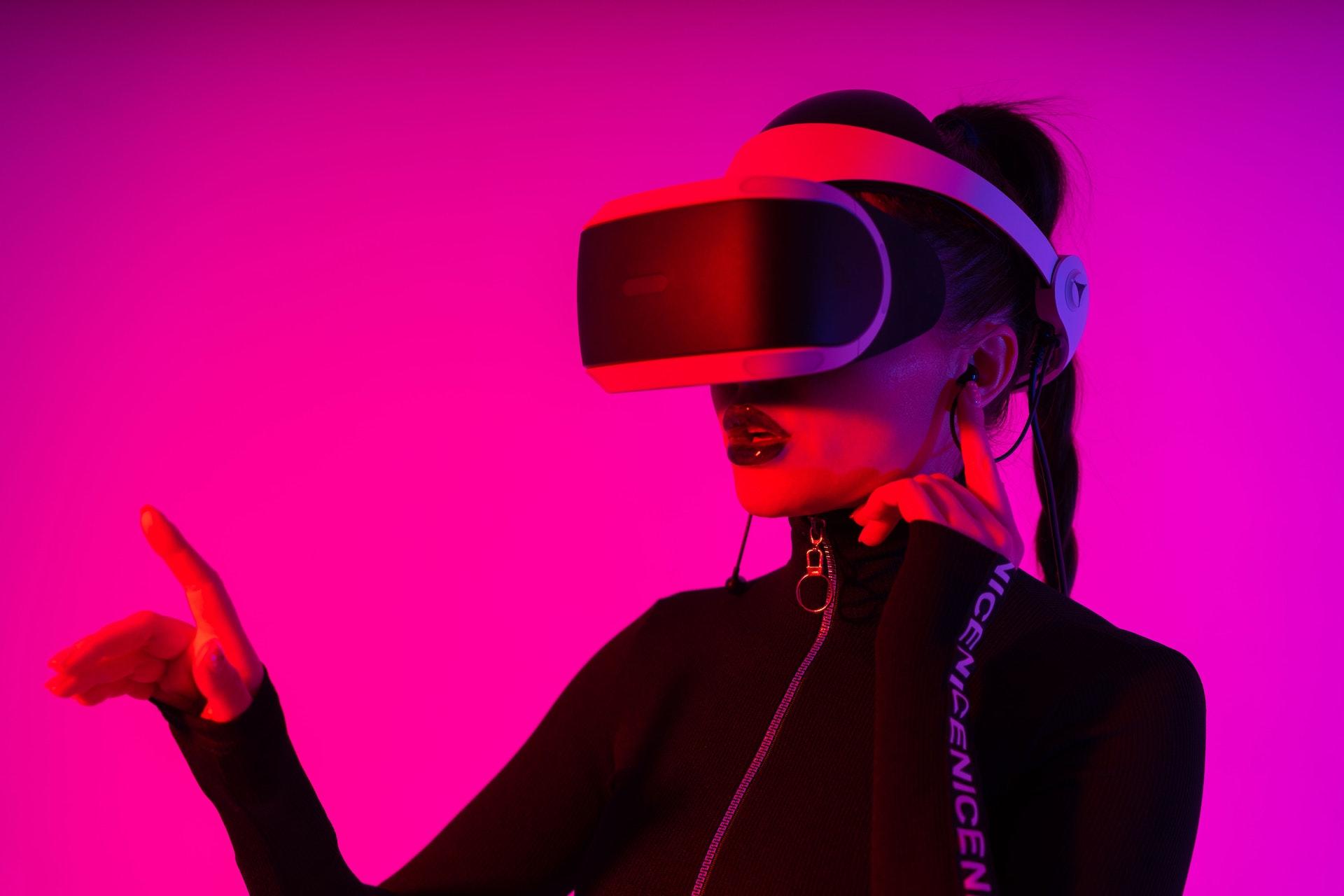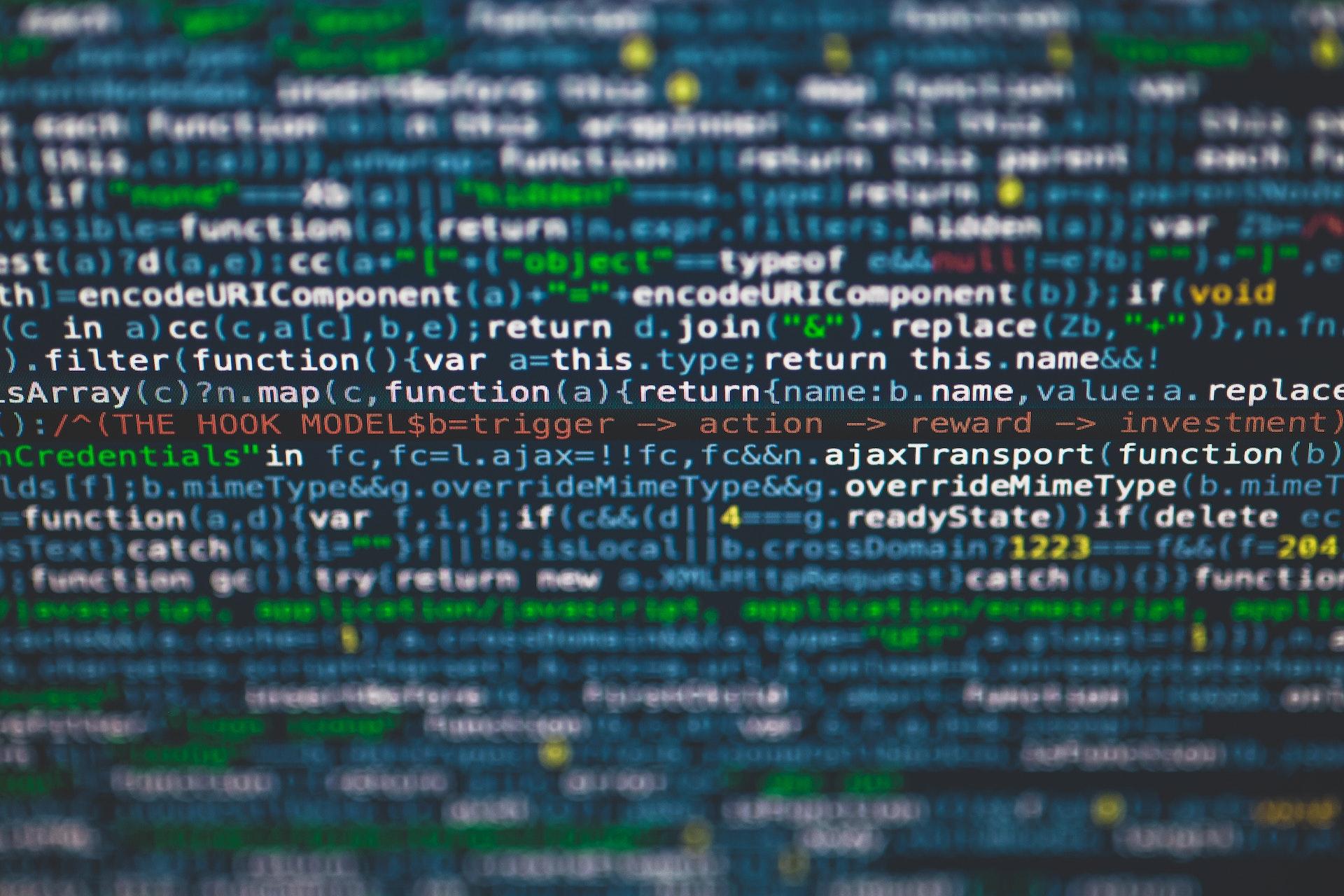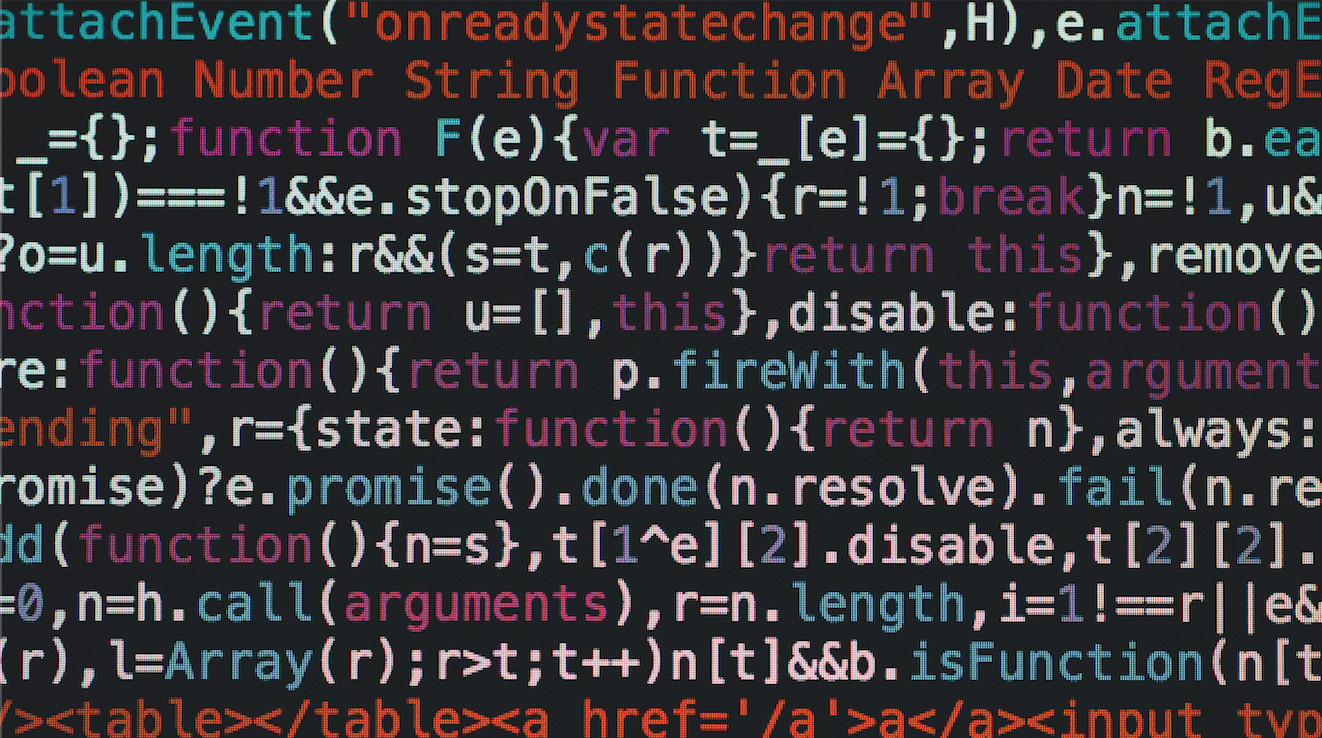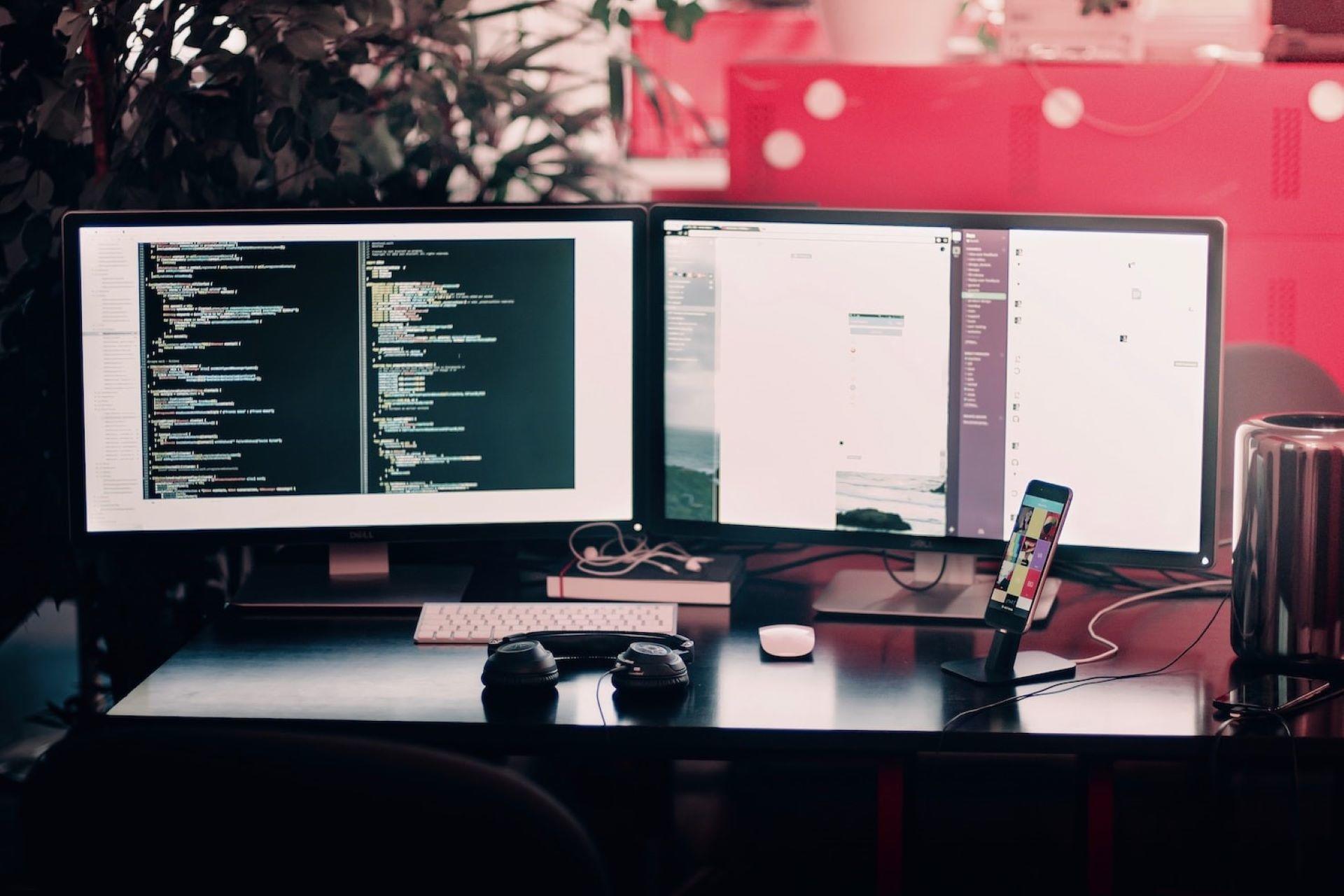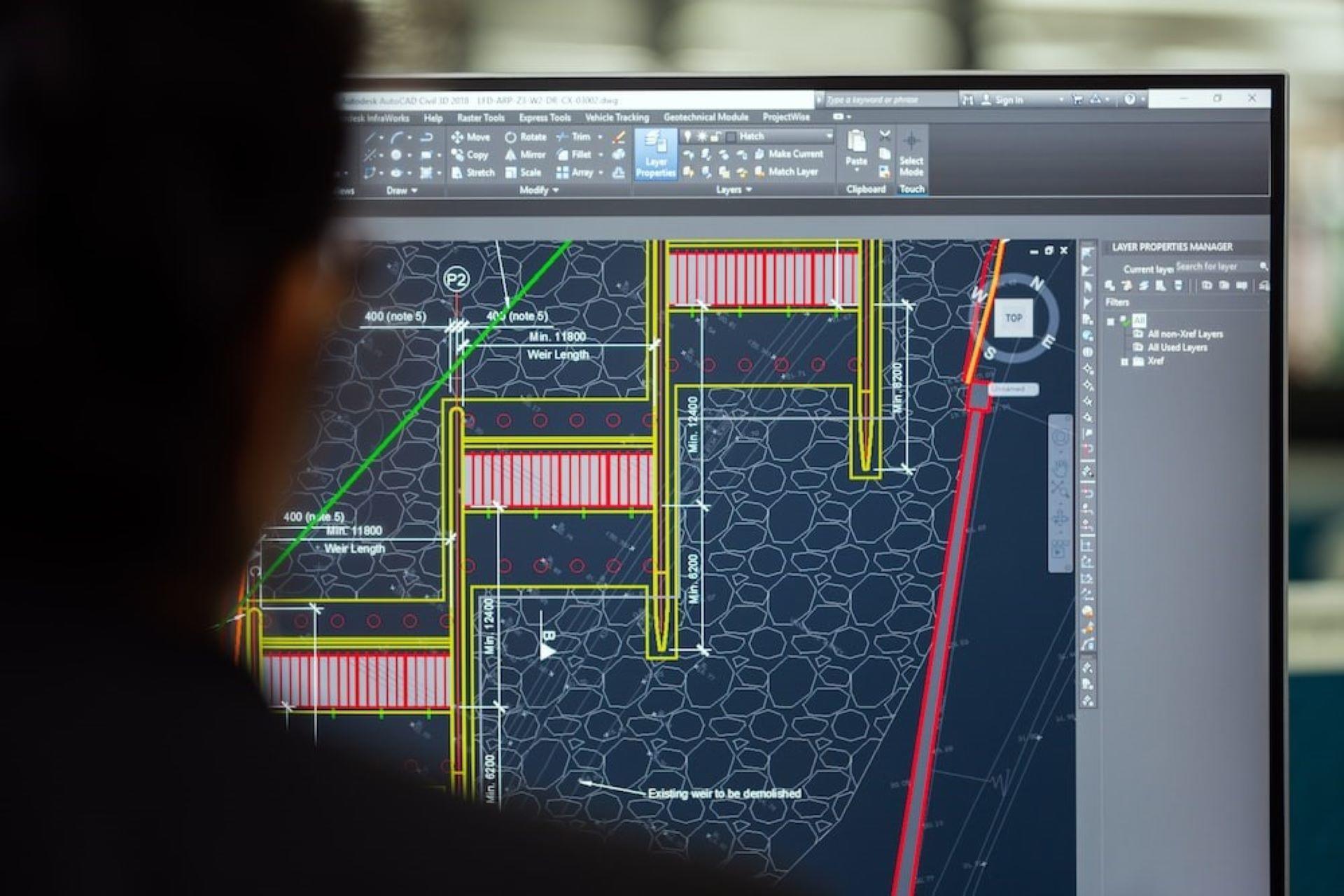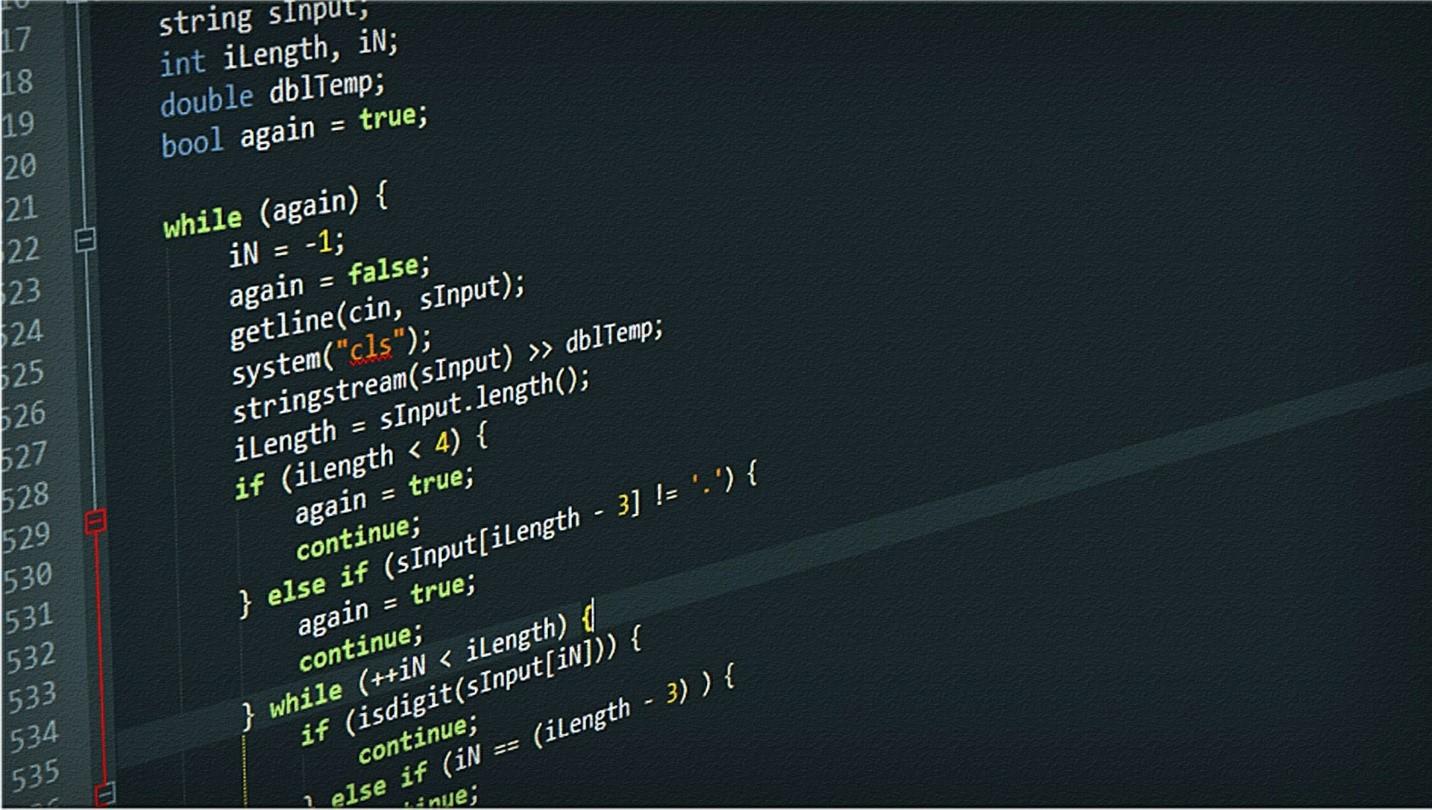It’s a dream among many to be the person who comes up with ideas for a video game and actually be able to see the project to completion. Imagine your ideas and designs becoming a reality that countless people get to play with and enjoy!
Or maybe you want to become a game developer instead!
Both designers and developers are integral in the game creation process, and they overlap quite a bit in terms of art and programming.
How can you get started learning the skills and techniques you need to know to become a successful game designer or developer?

What is Video Game Design?
The process of creating a game from scratch is long and arduous and requires several departments of people all working together. In addition to the designers and the developers (who do the programming), there are researchers, producers, quality assurance and game testers, scriptwriters, and more!
And within many departments are sub-departments that specialize in specific aspects of the game.
But for now, let’s learn about designers and developers.
Roles and Responsibilities for Game Designers
Video game design is all the creative aspects of a game.
From character creation to level layouts to environments, items, and visual and audio effects, all of the aspects of a game are conceptualized by a game designer.
An overall video game designer either has so many roles that listing them is nonsensical or has tasks that don’t fall other any other design category, but are still related to design.
Some sub-categories of video game designers are:
- Character designer
- Level designer
- Environment designer
- World designer
- Item designer
- Interaction designer
- Combat designer
- Quest designer
- Gameplay designer
- Rules designer
- Scoring system designer
- UX designer
- UI designer
- Concept art
- Animator
- 3D modeller
- VFX artist
- Sound effect artist
- Audio engineer
- Sound designer
- Composer
- Storyboarder
- Dialogue writer
- Backstory writer
Game designers are responsible for providing all of the conceptual information to everyone else involved with the creation of the game. They give everyone a direction to head towards in terms of the tone and style of the game.
Many designers are also required to perform quite a bit of research, especially if they’re creating a game based on real life. Making a historically-accurate game? Better research! Making a game about a sport? Make sure you get all the rules right! Making a game that involves realistic science? Need to brush up on physics and chemistry!
The job of the design team is to give the blueprint for making the game to the other teams responsible for bringing it to life.
Game designers need to have an understanding of the development process in order to design and request things that are actually possible for the developers to program within the budget, technology, and timeline available to the team.

Roles and Responsibilities for Game Developers
The game developers take the concepts established by the game designers and program them into reality.
It’s crucial for the designers and developers to communicate clearly and often so that each understands what the other needs from them.
Just like how game designers need to have an understanding of game development, developers need to likewise have an understanding of the design process. The developers need to know how to make everything fit within the certain aesthetic, game feel, mood, in-game lore, and so on.
The developers use the blueprints, sketches, concept art, and all the other materials they created as a guide on how to program the look and feel of the game.
Everything from animation to movement, to game physics is programmed by the developers. They are responsible for bringing all the design ideas to life in a playable format.
Specific elements of the programming process that developers are responsible for include:
- Motion capture in the animation process
- Key-framing in the animation process
- Programming AI
- Creating NPCs
- Design animation systems
- Creating cinematic framing and other elements of a visually-pleasing gaming experience
- Create prototypes of the game at different points in the creation cycle
- Ensure all the technical aspects of the game are sound, such as the suite of software and the platform used to support the game
- Continually evaluate, patch, debug, and upgrade games before and after their release
- Transform all the design elements into actual gameplay elements
The role of programmer and developer is code-heavy and very technical, so it’s vital to be well-versed in various programming languages.
"As a game designer, you first and foremost need to be a master of HOW to make a game or level FUN, interesting, compelling, and something a player would want to play." ~Troy Dunniway
What Skills Do You Need to Be a Game Designer?
Since game design and game development are both very intricate and multi-faceted lines of work, you need to know a whole lot about a whole lot in order to be an effective one.
That’s why even though the gaming industry might have a laid-back and chill reputation, it’s actually quite competitive. If you have sub-par skills, you will only be able to make sub-par games, and you’ll find it difficult to get work.
If you have a real passion for game design and development, however, you’ll find it exceptionally easier than other people to learn everything you need to know with vigor! And you’ll keep learning even after securing a job because the game industry and technology are always evolving at a rapid rate.
Skills That Make a Good Game Designer
Game design is, obviously, a very artistic career.
Whether you’re naturally talented or need to practice constantly isn’t important. Your artistic skill combined with your teamwork skills and flexibility is what will make you successful. An extremely talented artist will be hard to employ if they are rigid, don’t accept critique, and don’t work with team members.
Here are some of the most important skills required to be a successful game designer:
- Being able to transfer ideas into tangible art
- Able to create 2D and 3D art
- Understand how to world-build
- Multi-media artist (ex: pencil and paper, ink, digital art, animation, physical and digital sculpture)
- Color theory
- Understanding of anatomy, proportions, architecture, and any other technical skills for creating realistic people and environments
- Understanding lighting and creating cinematic light and shadow
- Able to create art according to a pre-established style
- Knowledge of best practices in digital art
- Excellent communication skills
- Ability to give and take helpful critique
- A collaborative personality
- Knowledge of gaming history and contemporary gaming trends
- Ability to create puzzles
- Understanding of UX/UI design
- Training in VFX and SFX
- Ability to write a script
- Ability to create a backstory, in-game lore, and history
- Continuous learning and researching new techniques, styles, and standards in the gaming industry
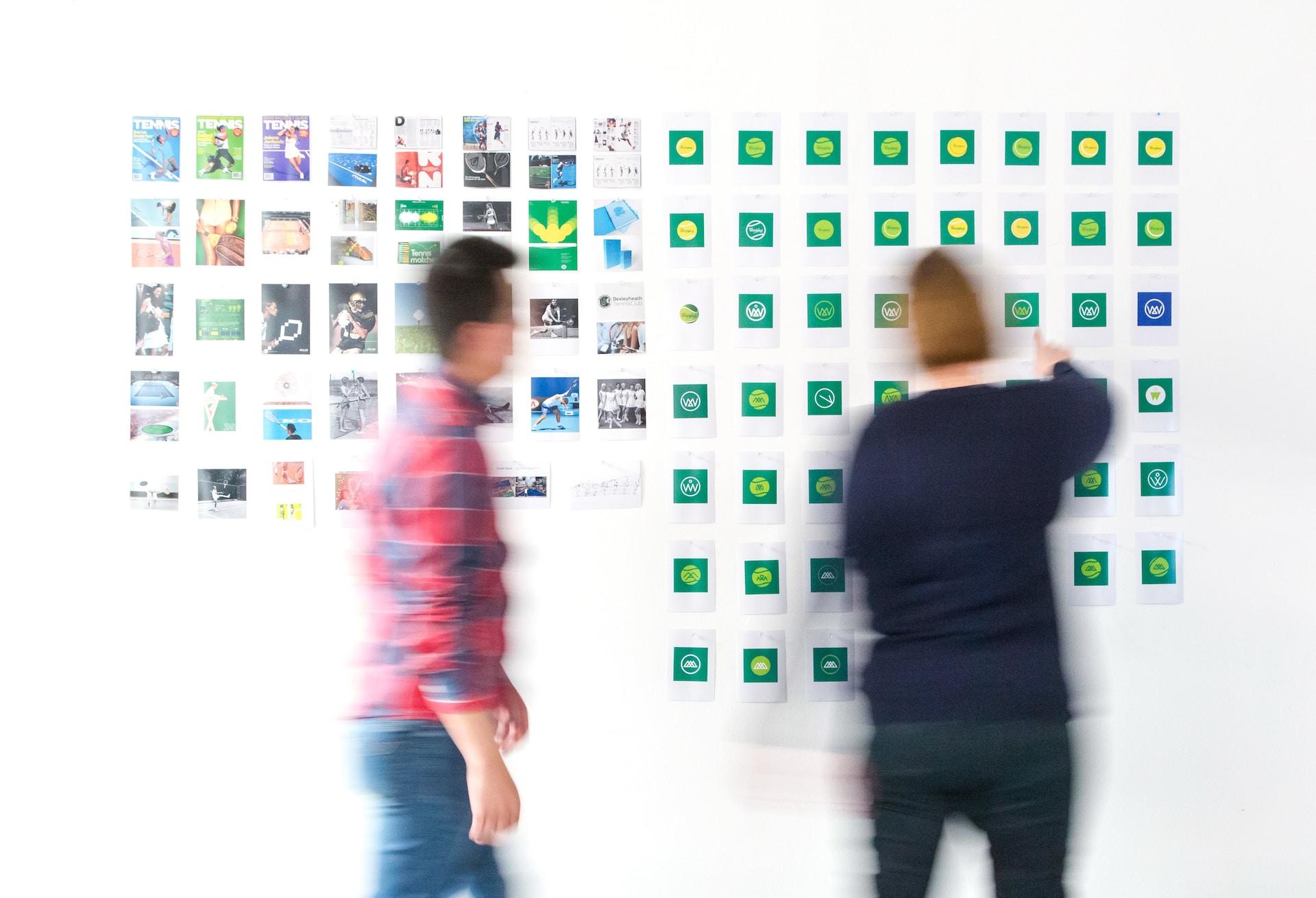
Programs You’ll Use in Game Design
Being a gifted artist with traditional physical mediums alone won’t get you the video game designer position. In addition to art, game designers also need to have a working understanding of many other software that allow a game to actually be made.
Here are some of the most commonly used art and programming software that game designers might need to use in their careers:
- Game Engines
- Unity 3D
- Unreal Engine
- Microsoft or Google Office Software for documents, spreadsheets & presentations
- Art software
- Adobe Photoshop, Illustrator, After Effects
- ZBrush
- Blender
- Maya
- Mari
- Substance Painter
- Houdini
- 3ds Max
- Gaea
- World Machine
- Mudbox
- CAD
- Quixel
- TVPaint
- Toon Boom Harmony
- CelAction
- Nuke
- Corel Painter
- Knoll Light Factory
- Terragen
- Filter Forge
- MotionBuilder
- Vicon Blade
- Jira & Bug Tracking Software
- Scripting Languages & Tools
- Python
- LUA
- C#
- C
- Unreal Script
- Blueprints
- C++
- Java
- MaxScript
- Perl
Skills You Need as a Game Developer
In the game development department, you’ll find that many of the skills and programs used overlap with the game designers. However, the level of knowledge is what makes most of the difference.
Designers know much more about art programs, and developers know much more about animation and scripting programs.
Both groups need to have many of the same skills. Developers must have skills like:
- Clear communication
- Research and development
- Creating replicable procedures
- Knowledge of 2D and 3D animation software
- Excellent problem-solving
- Identifying bugs and glitches in testing
- Ability to code custom software tools
- Ability to create procedures for AI
- Knowledge of character rigging
- Understanding of game physics, environment, anatomy, and other technical skills needed to create a realistic environment
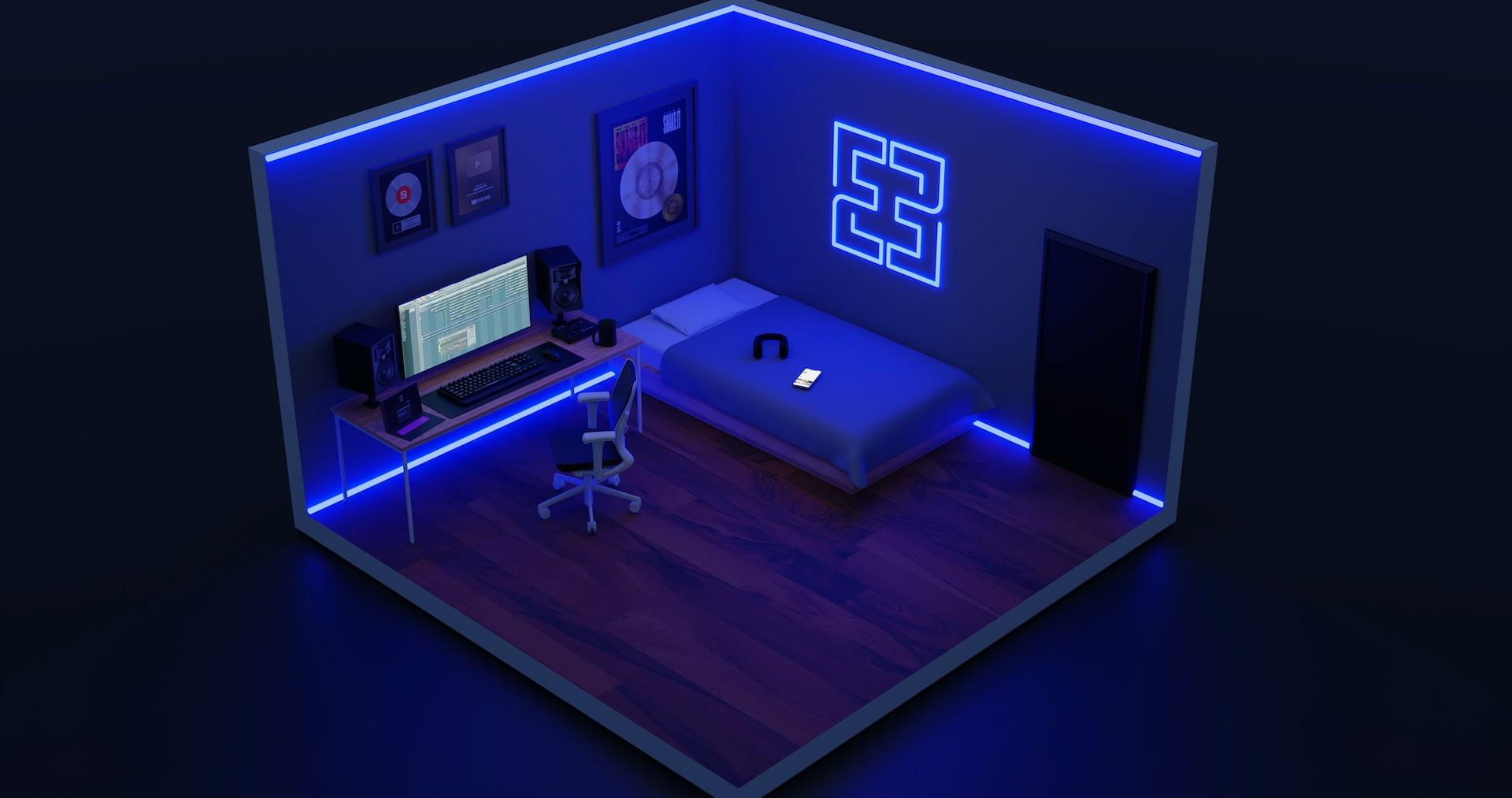
Programs Game Developers Use
Many different software and programs are used together to create the final game that is released onto the market. Knowing how to use them and merge them together is vital as a game developer and programmer.
Some of the most common programs that game developers need to know include:
- Game Engines
- Unity 3D
- Unreal Engine
- PhysX
- Art software
- Adobe Photoshop, Illustrator, After Effects
- Blender
- Maya
- Substance Painter
- Houdini
- 3ds Max
- QuadSpinner Gaea
- Nuke
- MotionBuilder
- Vicon Blade
- OpenGL
- World Creator
- Jira & Bug Tracking Software
- Scripting Languages & Tools
- Python
- PyTorch
- PyBrain
- LUA
- C
- C#
- Unreal Script
- Blueprints
- C++
- Java
- MaxScript
- Perl
- Mel
- STL
- UNIX operating system
- Perforce
Where to Study Video Game Design
One of the best things about game design and development is that you don’t necessarily need to go to a formal college or university to learn!
Many, many game designers and developers are self-taught and have gone on to be successful and work on many amazing projects.
Teach Yourself Game Design and Development
You can easily find resources all over the internet to learn the fundamentals (and even more advanced techniques) of building and programming video games.
Using YouTube, blogs, forums, communities, and tutorials, you can learn quite a lot about many different programs.
Some high-end programs may be inaccessible to you, but if you’re a quick learner, then a future employer will probably be willing to teach you on the job when you start working.
The best way to learn a lot about the process of game design and development is to pick an easy game (like Flappy Bird) to replicate. Build it from scratch with free or affordable programs available online. Any time you run into a snag or a question, look up the answer; you’ll teach yourself a LOT this way!
Private Tutoring
If you need a little direction or help along the way, you can always look for a tutor to help you. There are many passionate tutors out there who are or have been successful game designers or developers. They want to help the next generation of game enthusiasts learn everything they can and continue to keep gaming fun and exciting for the future!
Formal Education
If you want to pursue an associate, bachelor, or even master’s degree in a game-related field, you have plenty of choices.
There are hundreds of colleges across the US and the world that teach game design classes and programming, or you can take an adjacent subject like IT programming, graphic design, animation, or computer systems design.
There are also many game development training and video game design classes you can take online, boot camp-style.
When you learn game design, you open yourself up to exciting career opportunities and a lifetime of having a really fun job! As long as you’re passionate about the industry, you’ll find that being a game designer or developer is a rewarding and comfortable career choice.

